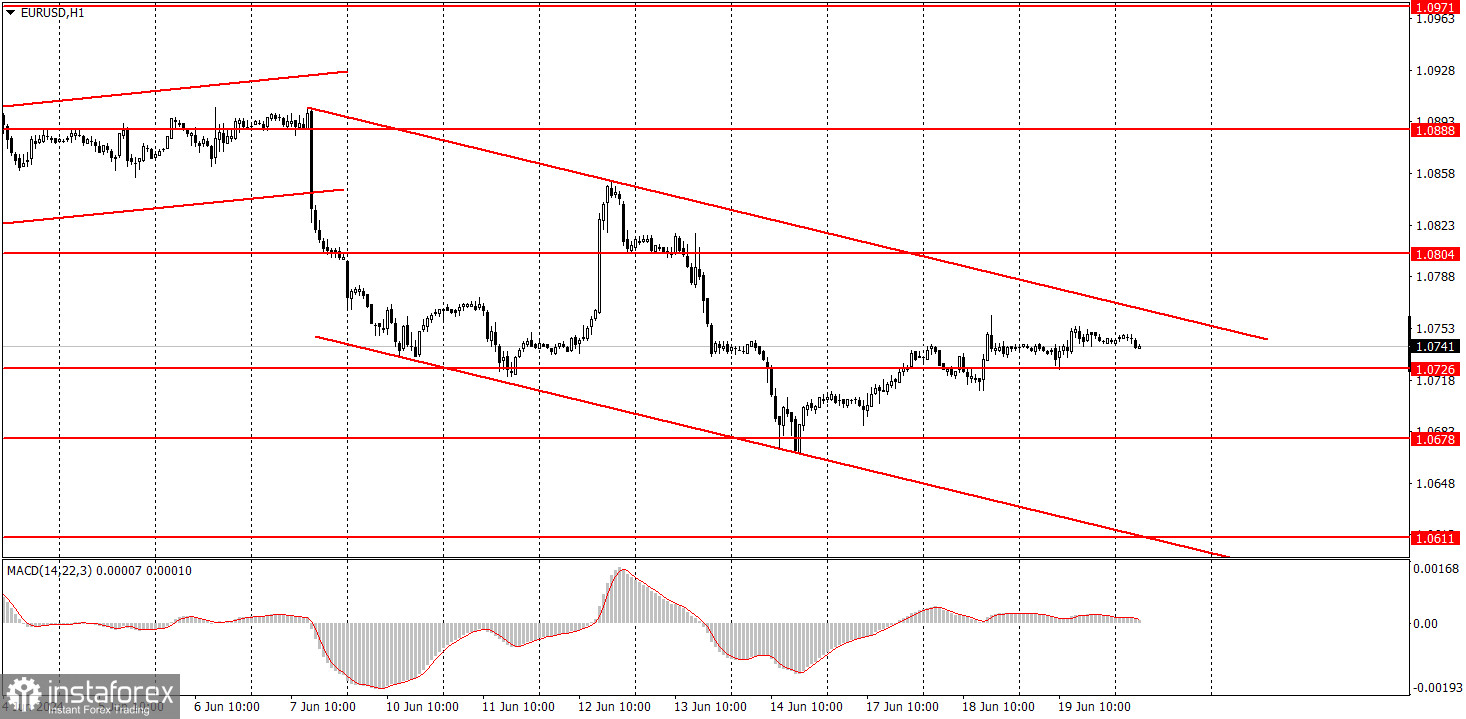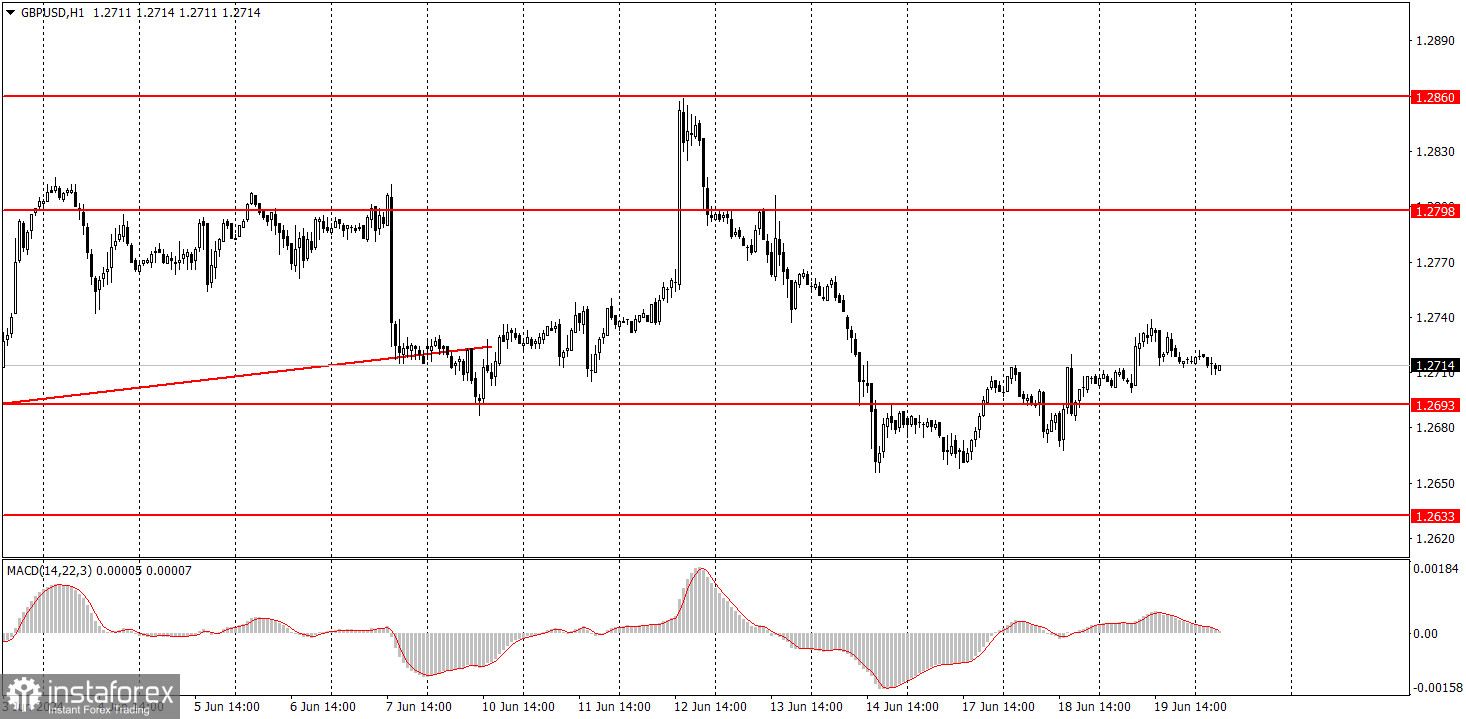Analysis of macroeconomic reports:

There are few macroeconomic events on Thursday. There is nothing to highlight in the economic calendars of the UK, Germany, and the European Union. Meanwhile, the U.S. will release reports on building permits and initial jobless claims. These data are of secondary importance, so they are only capable of provoking a small reaction. Therefore, we don't expect high volatility today, at least for the EUR/USD pair.
Analysis of fundamental events:

Among the fundamental events of Thursday, the key focus is on the Bank of England meeting. There is a possibility of a rate cut, as yesterday's data showed that UK inflation returned to the Bank of England's target level. In general, the market is not expecting a rate cut, and also, the market is not prepared for a sell-off. We believe that today the pound may only fall if the central bank lowers its interest rate, although it should have already fallen significantly a long time ago. However, it appears that the market is not interested in selling GBP/USD. The voting results on the interest rate is quite important. If the number of dovish votes increases compared to the previous meeting, this will be a reason to sell the pound. However, we cannot guarantee that the pound will fall.
General conclusion:
Today, we expect market emotions to surge, but then again the only event of the day is the BoE meeting. Similar to yesterday's inflation report, only very dovish outcomes from the meeting could put pressure on the British pound. Meanwhile, the euro will likely trade with low volatility.
Basic rules of a trading system:
1) Signal strength is determined by the time taken for its formation (either a bounce or level breach). A shorter formation time indicates a stronger signal.
2) If two or more trades around a certain level are initiated based on false signals, subsequent signals from that level should be disregarded.
3) In a flat market, any currency pair can produce multiple false signals or none at all. In any case, the flat trend is not the best condition for trading.
4) Trading activities are confined between the onset of the European session and mid-way through the U.S. session, after which all open trades should be manually closed.
5) On the 30-minute timeframe, trades based on MACD signals are only advisable amidst substantial volatility and an established trend, confirmed either by a trendline or trend channel.
6) If two levels lie closely together (ranging from 5 to 15 pips apart), they should be considered as a support or resistance zone.
How to read charts:
Support and Resistance price levels can serve as targets when buying or selling. You can place Take Profit levels near them.
Red lines represent channels or trend lines, depicting the current market trend and indicating the preferable trading direction.
The MACD(14,22,3) indicator, encompassing both the histogram and signal line, acts as an auxiliary tool and can also be used as a signal source.
Significant speeches and reports (always noted in the news calendar) can profoundly influence the price dynamics. Hence, trading during their release calls for heightened caution. It may be reasonable to exit the market to prevent abrupt price reversals against the prevailing trend.
Beginners should always remember that not every trade will yield profit. Establishing a clear strategy coupled with sound money management is the cornerstone of sustained trading success.
 English
English 
 Русский
Русский Bahasa Indonesia
Bahasa Indonesia Bahasa Malay
Bahasa Malay ไทย
ไทย Español
Español Deutsch
Deutsch Български
Български Français
Français Tiếng Việt
Tiếng Việt 中文
中文 বাংলা
বাংলা हिन्दी
हिन्दी Čeština
Čeština Українська
Українська Română
Română

